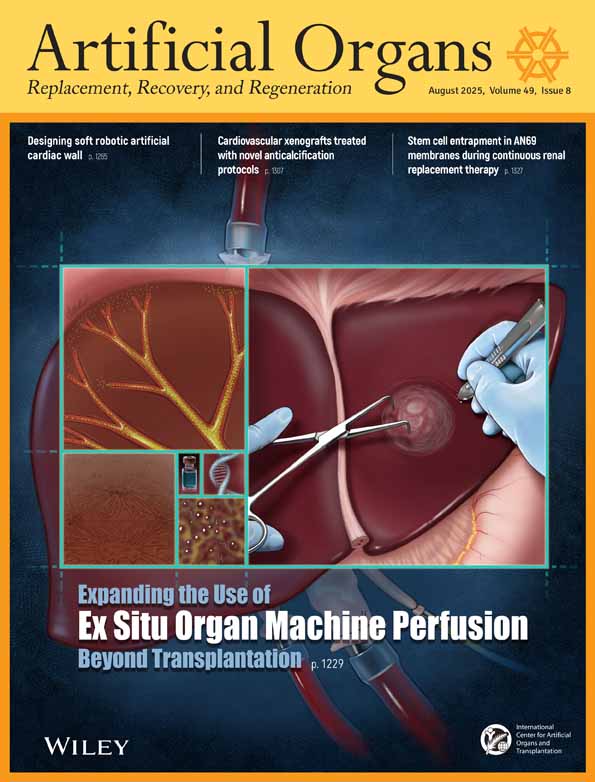DALI Apheresis in Hyperlipidemic Patients: Biocompatibility, Efficacy, and Selectivity of Direct Adsorption of Lipoproteins from Whole Blood
Abstract
Abstract: Recently, the first apheresis technique for direct adsorption of low-density lipoprotein (LDL) and lipoprotein(a) [Lp(a)] from whole blood (DALI) was developed that does not require a prior plasma separation. That markedly simplifies the extracorporeal circuit. The aim of the present study was to test the acute biocompatibility, efficacy, and selectivity of DALI apheresis. In a prospective clinical study, 6 hypercholesterolemic patients suffering from angiographically proven atherosclerosis were treated 4 times each by DALI. 1.3 patient blood volumes were treated per session at blood flow rates of 60–80 ml/min using 750 or 1,000 ml of polyacrylate/polyacrylamide adsorber gel. The anticoagulation consisted of an initial heparin bolus followed by a citrate infusion. The sessions were clinically essentially uneventful. Mean corrected reductions of lipoproteins amounted to 65% for LDL-cholesterol, 54% for Lp(a), 28% for triglycerides, 1% for HDL-cholesterol, and 8% for fibrinogen. The selectivity of lipoprotein removal was high. Cell counts remained virtually unchanged and no signs of hemolysis or clotting were detected. Cell activation parameters elastase, β-thromboglobulin, interleukin-1β, and IL-6 showed no significant increase. Complement activation was negligible. There was significant, but clinically asymptomatic, bradykinin activation in the adsorber with mean maxima of 12,000 pg/ml in the efferent line at 1,000 ml of treated blood volume. In conclusion, DALI proved to be safe, selective, and efficient for the adsorption of LDL-C and Lp(a), which simplifies substantially the extracorporeal therapy in hypercholesterolemic patients.




